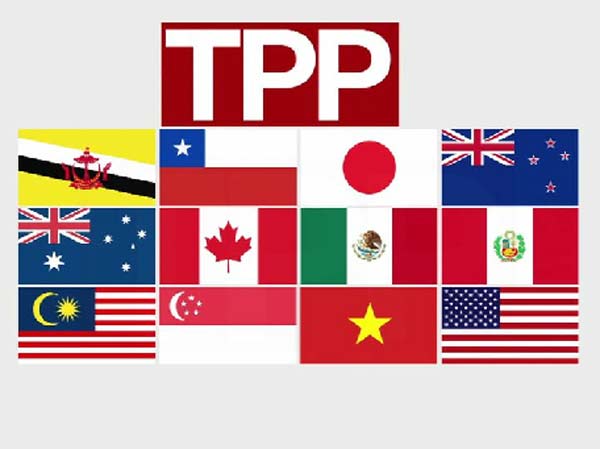
Beijing, China (BBN)-China has cautiously welcomed a free trade deal struck between 12 Pacific Rim countries, the biggest in decades.
The US-led Trans-Pacific Partnership (TPP) cuts trade tariffs and sets common standards in member countries including Japan and the US, reports BBC.
China said it was "open to any mechanism" that follows World Trade Organization rules.
But it did not indicate it would join the TPP, which still needs to be ratified by lawmakers in each country.
China, which was not part of the negotiations, has announced its own rival trade agreement.
The TPP, which covers about 40 per cent of the world economy, was struck after five days of talks in Atlanta in the US.
Those talks were the culmination of five years of negotiations between member countries led by the US.
The deal is seen by some as a counter balance to China's growing economic influence in the Asia Pacific region.
'REGIONAL STABILITY'
China's Ministry of Commerce called the TPP "one of the key free trade agreements for the Asia-Pacific region", according to a statement on Xinhua state news agency website.
"China hopes the TPP pact and other free trade arrangements in the region can boost each other and contribute to the Asia-Pacific's trade, investment and economic growth," it said.
However, Japanese Prime Minister Shinzo Abe said on Tuesday that the deal would have strategic meaning if China joined at a later date.
"It would contribute largely to our nation's security and Asia-Pacific regional stability," he said.
How did it start? With a trade agreement signed 10 years ago between Brunei, Chile, New Zealand and Singapore.
How big is it? Pretty big. The 12 countries have a population of about 800 million and are responsible for 40 per cent of world trade.
What are the criticisms? That negotiations have been conducted in secret, and that it favours big corporations.
Who benefits most? Japan stands to reap huge economic benefits from the deal, while for the US it is an important strategic move.
What happens next? The agreement will need to be ratified by each of the individual member countries.
More: What is the TPP and why does it matter?
On Monday after the deal was struck, the Obama administration said it hoped China would be forced to accept most of the standards laid down by TPP.
US President Barack Obama said: "When more than 95% of our potential customers live outside our borders, we can't let countries like China write the rules of the global economy.
"We should write those rules, opening new markets to American products while setting high standards for protecting workers and preserving our environment."
BBN/SK/AD